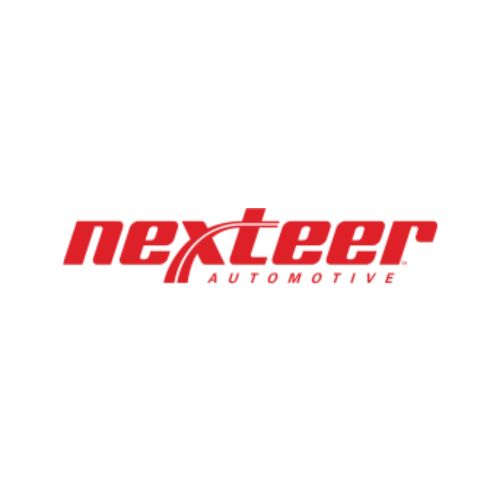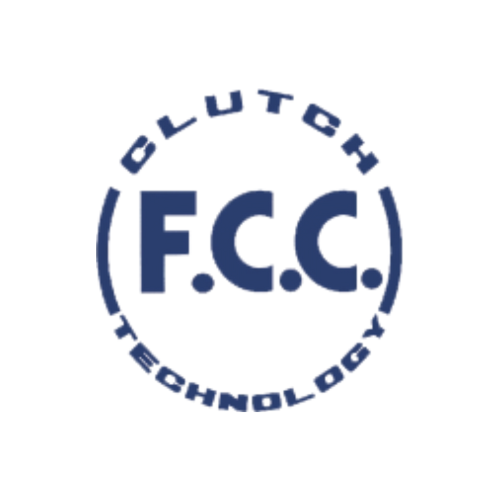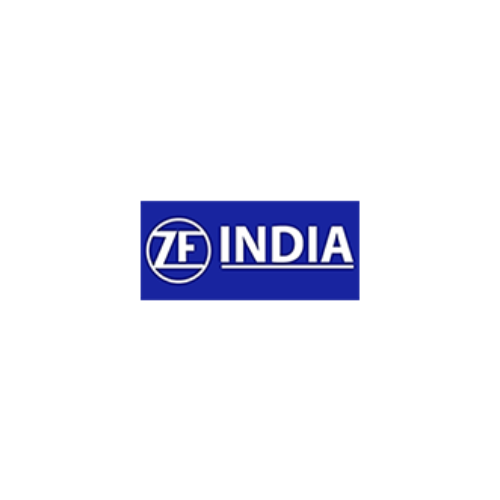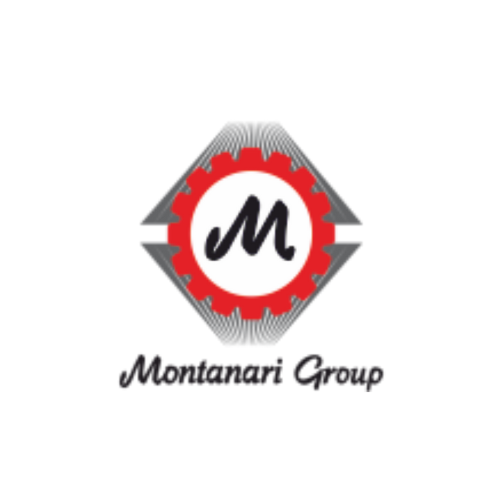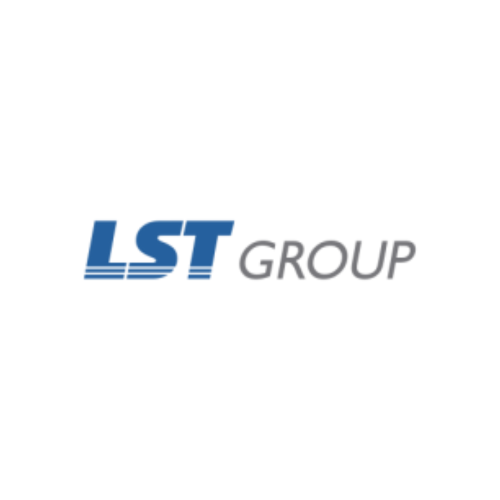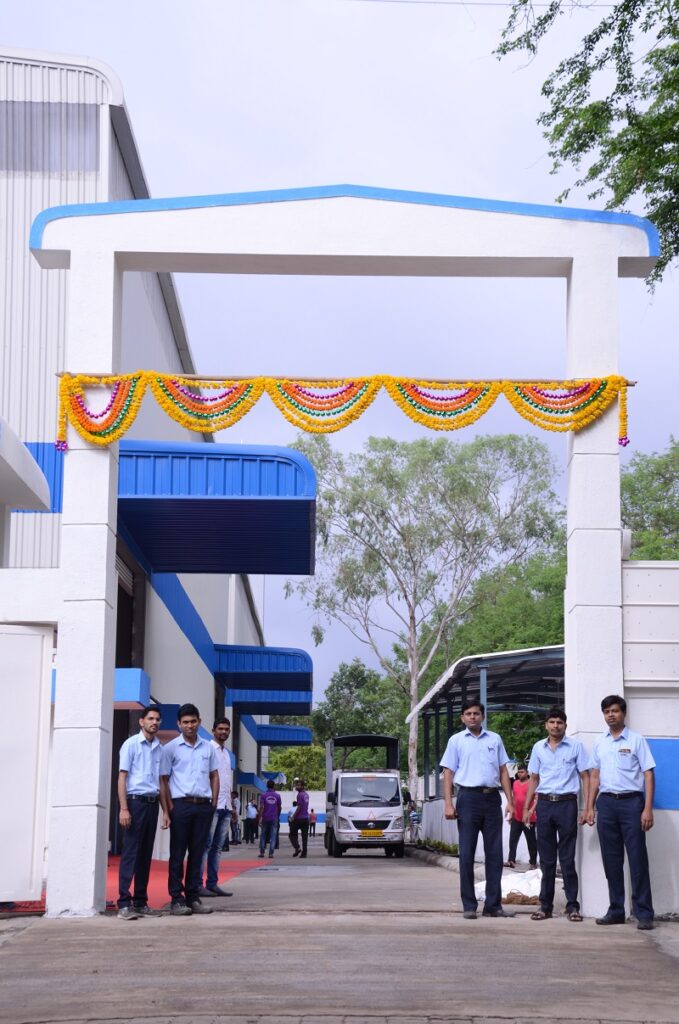
Hindustan Pressings Private Limited – Sheet Metal Components Manufacturer
Shipping sheet metal components
Powering Shipping Performance with Precision Sheet Metal Components
Overview
HPPL India is a dynamic leader in the production of sheet metal components, dedicated to serving the shipping industry with unmatched expertise and professionalism. Our expansive, technologically advanced facility is the heart of our operations, where we specialize in crafting a broad array of top-grade, precision-made sheet metal parts, specifically designed to meet the varied and challenging demands of maritime operations. At HPPL India, we understand the critical role our components play in the shipping industry, and we take this responsibility seriously.
Our commitment to sustainability and operational efficiency is at the core of our business philosophy. We use environmentally friendly processes and materials, ensuring that our products not only contribute to the performance and durability of shipping vessels but also align with global environmental standards. Our team, comprised of seasoned professionals, is deeply invested in every project, working diligently to ensure that each component we produce adheres to the highest levels of quality and safety. This meticulous attention to detail reflects our comprehensive understanding of the maritime industry’s unique requirements and challenges.
At HPPL India, innovation is not just a buzzword; it’s a commitment. We are constantly exploring new methodologies and technologies to enhance our product offerings. Our goal is to provide our clients with solutions that are not only effective but also contribute to the advancement of the shipping industry as a whole. We take pride in being a trusted partner to our clients, offering them products and services that drive their success and set new standards in the industry. With HPPL India, customers can always expect reliability, excellence, and a steadfast dedication to pushing the boundaries of what is possible in sheet metal manufacturing for the shipping industry.
Shipping sheet metal components



Get in Touch with HPPL !
Ready to enhance your operations with precision-engineered sheet metal components?
Our team at HPPL is here to provide tailored solutions to meet your industry’s needs.
Sectors / Industries
High-Performance Sheet Metal Components for the Shipping Industry
At HPPL, we specialize in manufacturing high-quality sheet metal components for the shipping industry, ensuring the safety, durability, and performance of vessels and maritime equipment. From hull components and deck structures to cargo handling systems and machinery parts, every piece we craft is engineered to meet the harsh conditions of the maritime environment. With advanced technology and expert craftsmanship, HPPL delivers components that enhance the reliability and longevity of shipping operations.
Stamping is a manufacturing process used to shape metal sheets into specific designs through the application of pressure. The process involves placing a flat metal sheet, known as a blank, into a stamping press, where it is shaped by a die. The die and press work together to cut, bend, or form the metal into the desired shape, producing parts with precise dimensions. Stamping is commonly used in industries such as automotive, aerospace, and electronics to produce components like panels, brackets, and connectors, offering high-speed production and consistent quality for mass manufacturing.
Laser cutting is a precise manufacturing process that uses a high-powered laser beam to cut, shape, or engrave materials, typically metal sheets. The laser focuses intense light on a small area, heating and melting the material to create clean, accurate cuts with minimal waste. This process is controlled by a computer, allowing for complex designs and intricate details. Laser cutting is widely used in industries like automotive, aerospace, and electronics for producing components such as brackets, enclosures, and decorative parts. Its advantages include high precision, speed, and the ability to cut a variety of materials and thicknesses.
CNC bending is a manufacturing process that involves using a Computer Numerical Control (CNC) machine to bend metal sheets into specific angles and shapes. The process uses a press brake equipped with a CNC controller, which precisely positions the metal sheet and controls the bending force. By programming the CNC machine, complex bends and consistent, repeatable results can be achieved with high accuracy. CNC bending is commonly used in industries like automotive, aerospace, and construction to create parts such as brackets, enclosures, and structural components. Its advantages include precision, flexibility, and the ability to handle various materials and thicknesses.
MIG (Metal Inert Gas) and TIG (Tungsten Inert Gas) are two common welding processes used to join metals.
MIG welding involves feeding a continuous wire electrode through a welding gun, which melts and joins the metals. The process uses an inert gas, usually argon or a mix of gases, to protect the weld from contamination. MIG welding is known for its speed and ease of use, making it ideal for thicker materials and large-scale production.
TIG welding uses a non-consumable tungsten electrode to create the weld. The process also uses an inert gas, typically argon, for protection. TIG welding offers greater precision and control, making it suitable for thinner materials and applications requiring high-quality welds, such as in aerospace and automotive industries.
A Coordinate Measuring Machine (CMM) is a precision device used in manufacturing and engineering to measure the physical dimensions of objects with high accuracy. It uses a probe to detect the exact coordinates of points on the object’s surface, which can then be used to determine its geometry, dimensions, and alignment. CMMs can be manual or automated and are controlled through software that allows for detailed analysis and quality control. They are commonly used for inspecting complex parts in industries like aerospace, automotive, and tooling, ensuring that components meet precise specifications and tolerances.
Robotic welding is an automated welding process where robots are used to perform welding tasks. These robots are equipped with welding tools, such as MIG, TIG, or spot welders, and are programmed to execute precise, repetitive welds on a production line. The use of robotics in welding enhances productivity, consistency, and quality by reducing human error and increasing the speed of production. Robotic welding is particularly valuable in industries like automotive and heavy manufacturing, where large volumes of identical parts need to be welded with high precision. It also improves safety by keeping workers away from hazardous welding environments.
Tooling in the sheet metal industry refers to the specialized equipment and devices used to shape, cut, form, and assemble metal sheets into specific parts or products. This includes tools like dies, punches, molds, and fixtures that are designed for processes such as stamping, bending, punching, and welding. Proper tooling is essential for achieving precise dimensions, maintaining product quality, and ensuring efficient production. In the sheet metal industry, tooling must be carefully designed and maintained to handle the specific material properties and thicknesses, allowing for consistent and repeatable manufacturing of components in industries like automotive, aerospace, and electronics.
Stamping is a manufacturing process used to shape metal sheets into specific designs through the application of pressure. The process involves placing a flat metal sheet, known as a blank, into a stamping press, where it is shaped by a die. The die and press work together to cut, bend, or form the metal into the desired shape, producing parts with precise dimensions. Stamping is commonly used in industries such as automotive, aerospace, and electronics to produce components like panels, brackets, and connectors, offering high-speed production and consistent quality for mass manufacturing.
Laser cutting technology at HPPL enables us to create precise, intricate cuts for shipping components. Whether it’s for structural elements, machinery parts, or decorative metalwork, our high-powered lasers provide superior accuracy with minimal material waste. This ensures clean, complex designs that meet the exacting specifications required for both functional and aesthetic applications in the shipping industry.
CNC bending is essential for shaping metal parts into the precise angles and forms needed for shipping equipment. HPPL’s CNC systems ensure high-accuracy, repeatable bends for parts such as hull reinforcements, decks, and custom brackets. Our technology guarantees that each component is shaped to exact specifications, contributing to the overall strength, stability, and safety of maritime systems.
MIG and TIG welding techniques are crucial for ensuring the durability and safety of shipping components. MIG welding is ideal for joining thicker materials quickly and effectively, while TIG welding provides the precision necessary for thinner, intricate parts. These welding methods are used to create strong, long-lasting joints that are essential for the harsh conditions experienced by maritime structures and equipment.
Precision is paramount in the shipping industry, and our CMM ensures that every part meets strict dimensional and quality standards. Using advanced measurement technology, we inspect each component for accurate dimensions, geometry, and alignment, ensuring that the parts fit seamlessly and perform reliably in shipping operations.
To meet the high-production demands of the shipping industry, HPPL employs robotic welding systems to ensure consistency, speed, and high-quality welds. Robotic welding is ideal for the large-scale manufacturing of structural components such as ship hulls, cargo handling systems, and other vital equipment, ensuring high durability while enhancing production efficiency.
HPPL’s tooling solutions are designed to produce highly accurate and durable components for the shipping sector. With custom dies, molds, and fixtures, we ensure that every part is shaped, cut, and assembled to precise specifications. Our tooling expertise guarantees that all shipping components meet the industry’s demanding standards for quality, performance, and reliability.
99%
Quality
Quality/accuracy accepted in the industry
99%
Capacity
Machine/Plant capacity considered in industry.
99%
Time Efficiency
How HPPL is more time efficient.
99%
Cost Efficiency
How HPPL is cost-efficient
Why Choose HPPL India...
Strengthening Shipping Operations with Precision and Durability!
HPPL is a trusted partner for the shipping industry, providing high-quality, precision-engineered sheet metal components that ensure safe, efficient, and reliable maritime operations. From structural integrity to functional performance, our components are designed to withstand the harshest maritime conditions, supporting the long-term success of shipping businesses. With advanced technology and unparalleled expertise, HPPL is committed to delivering the solutions you need for superior performance and durability.
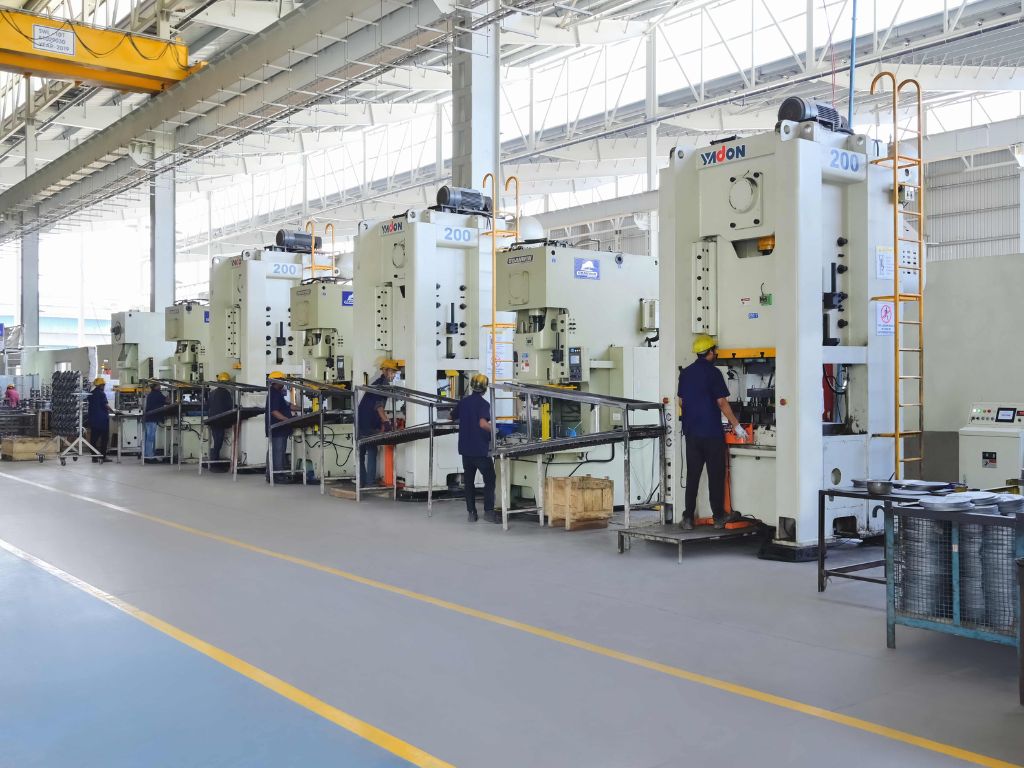
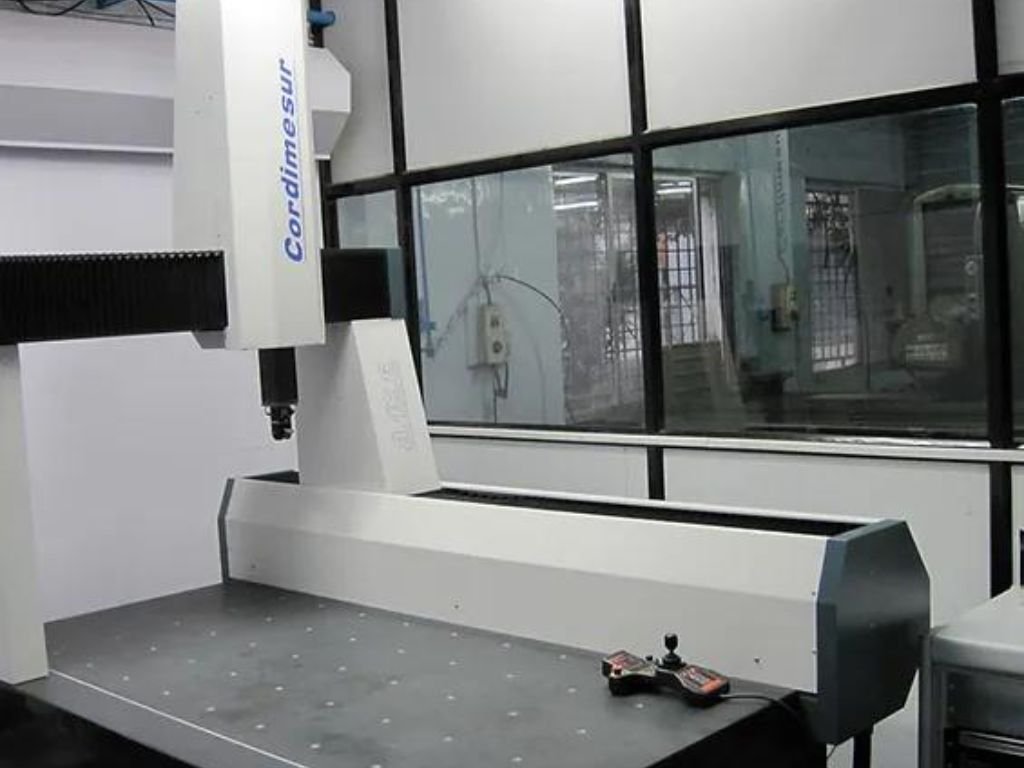
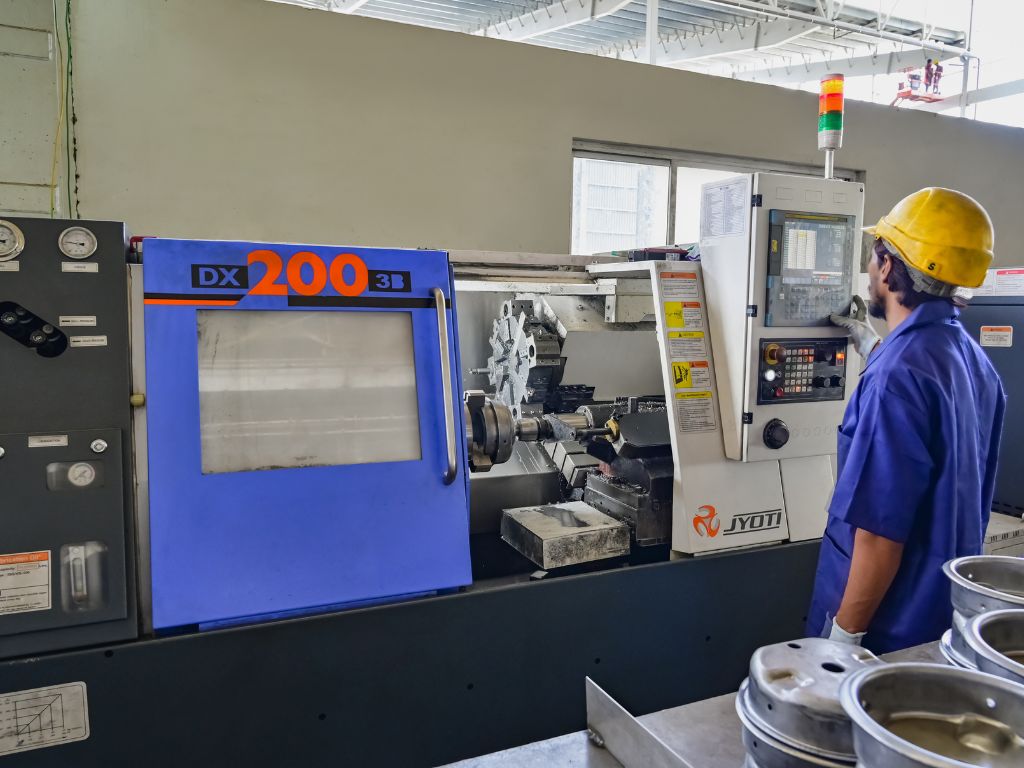
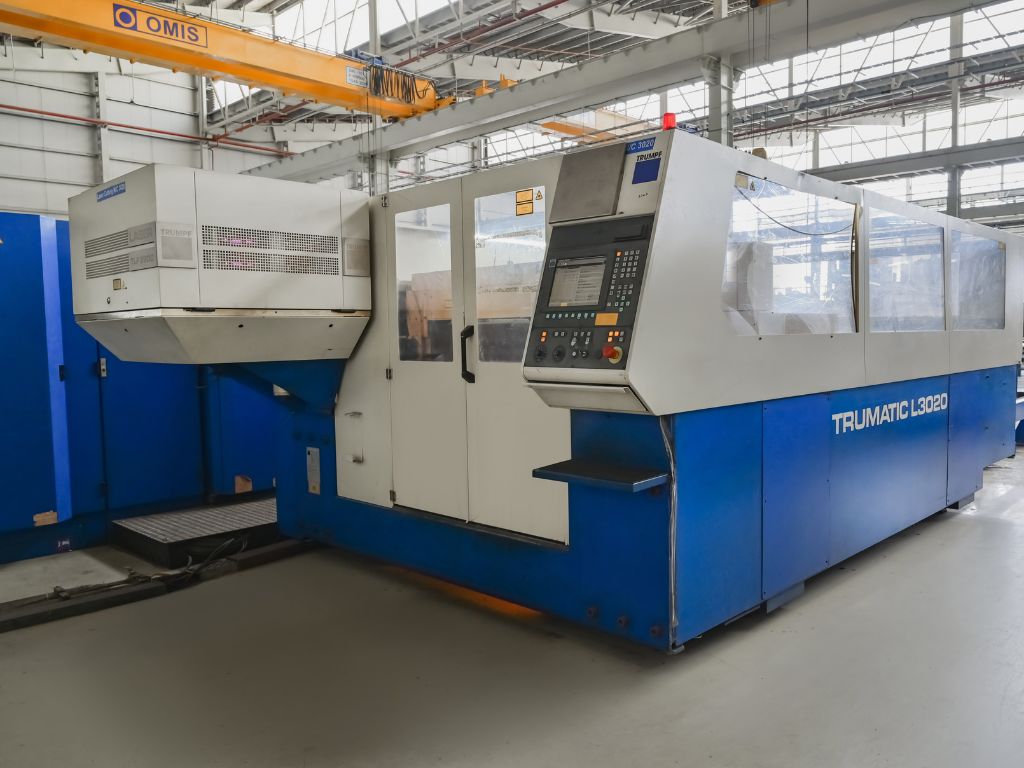
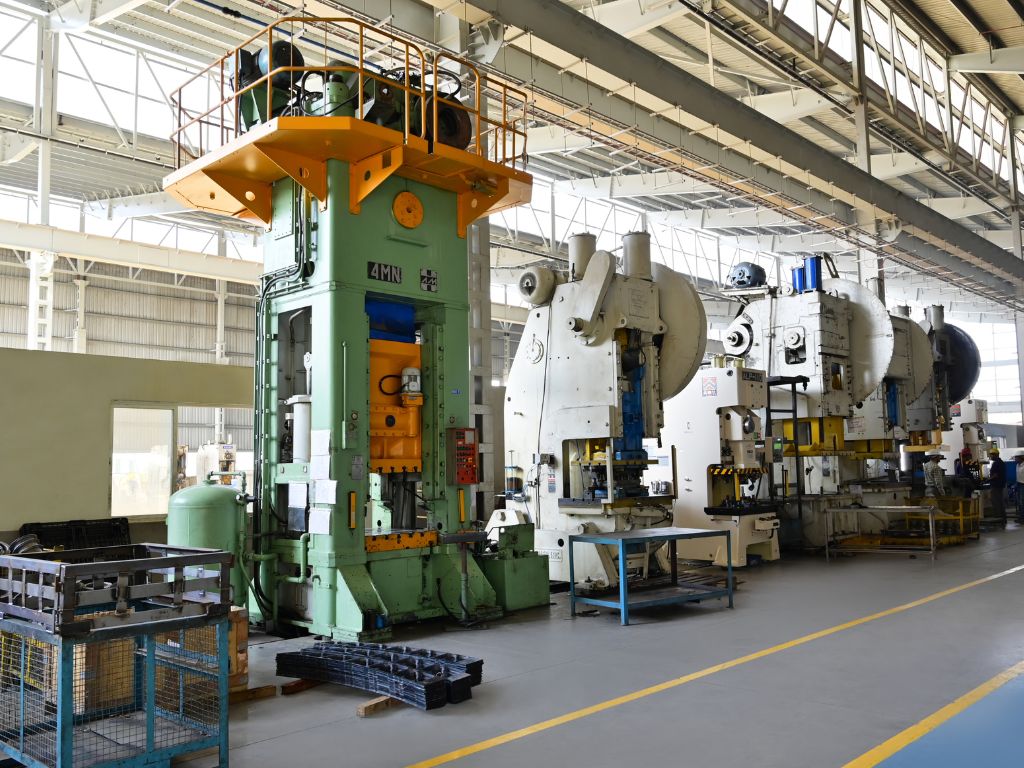
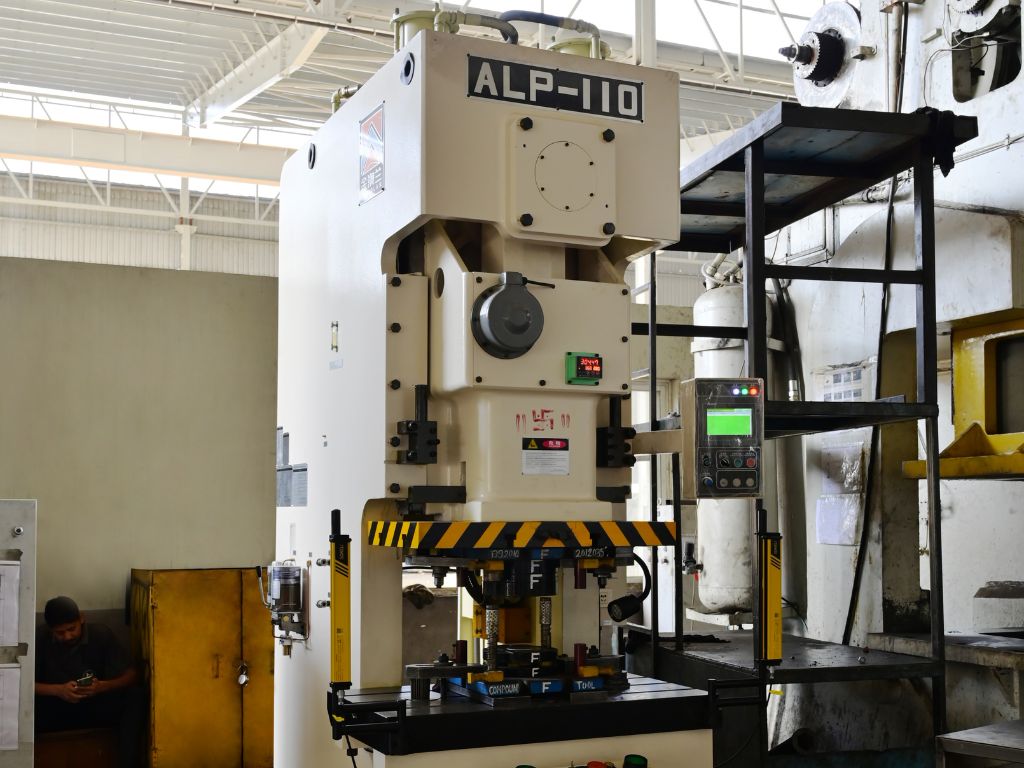
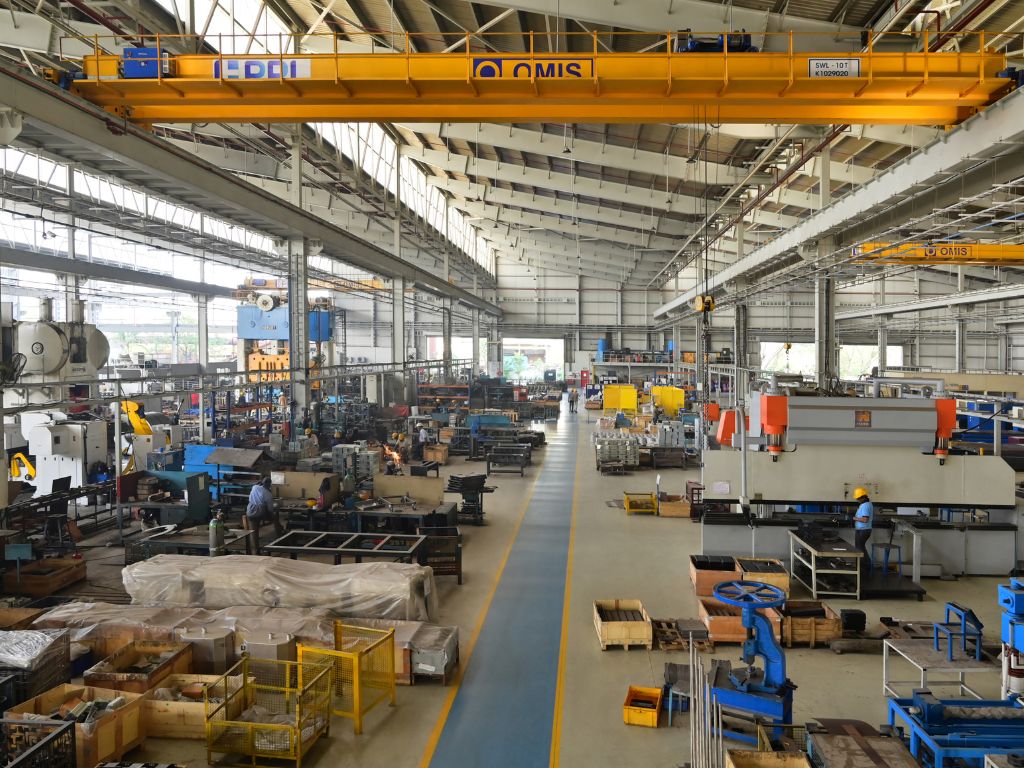
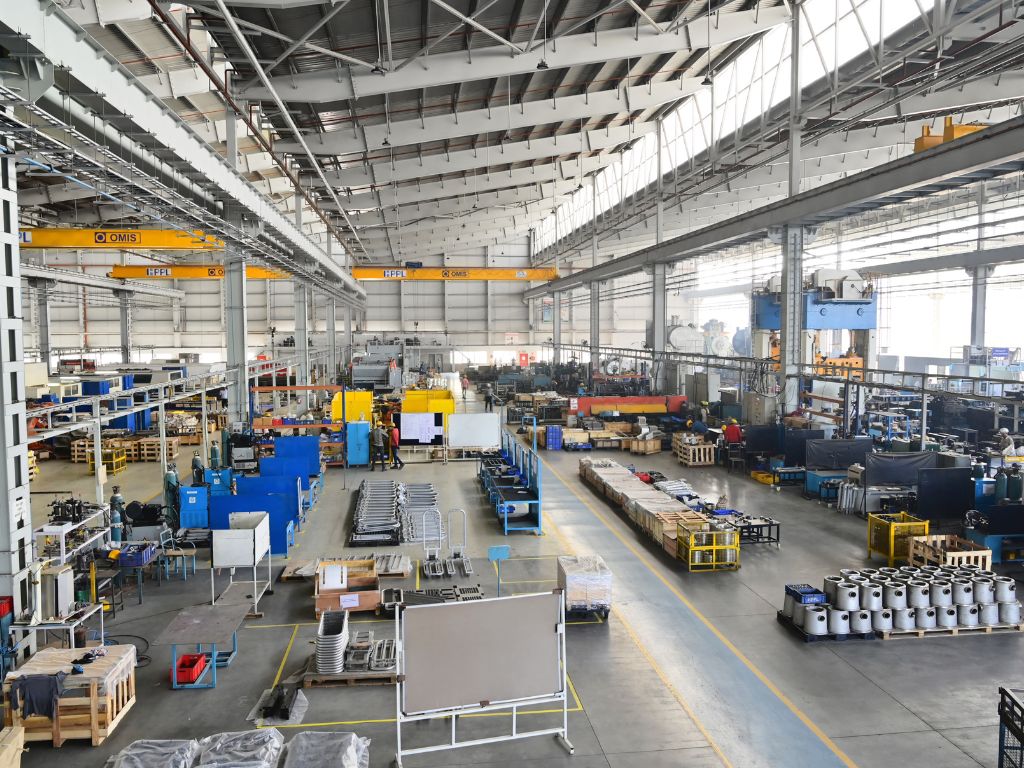
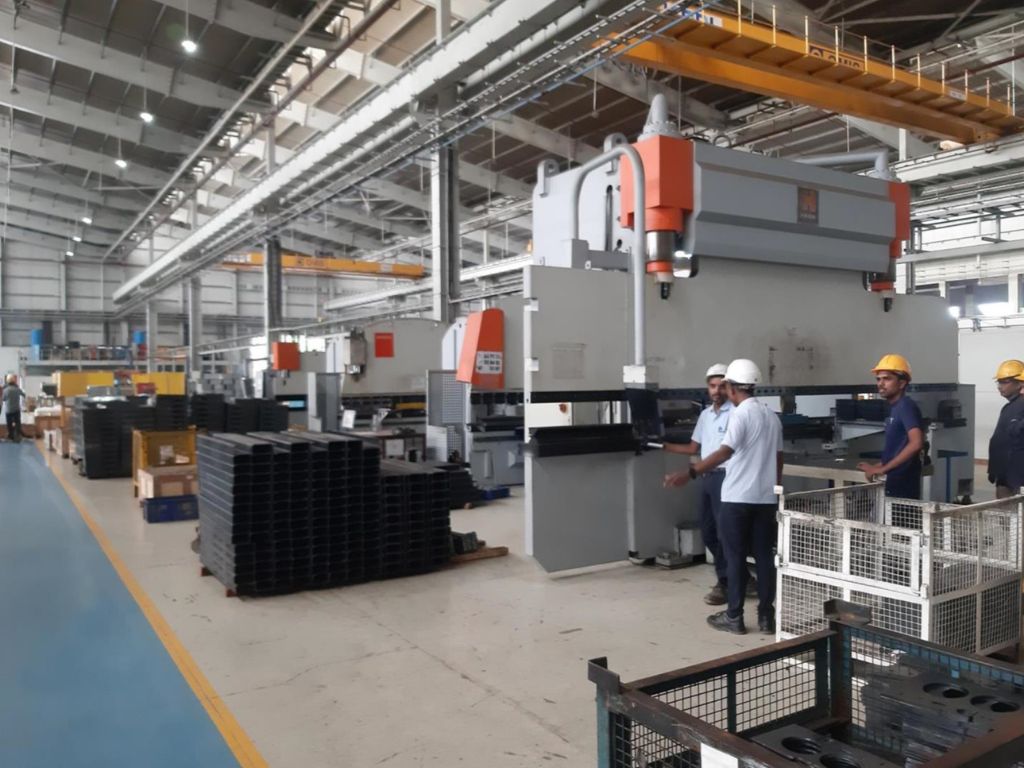
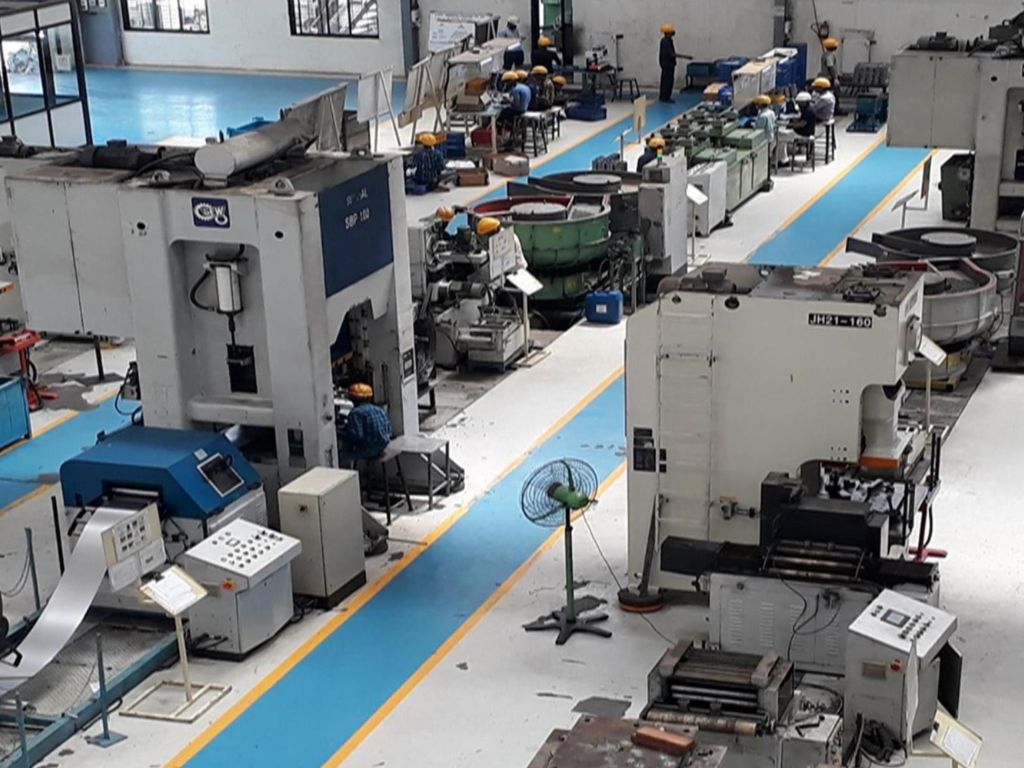
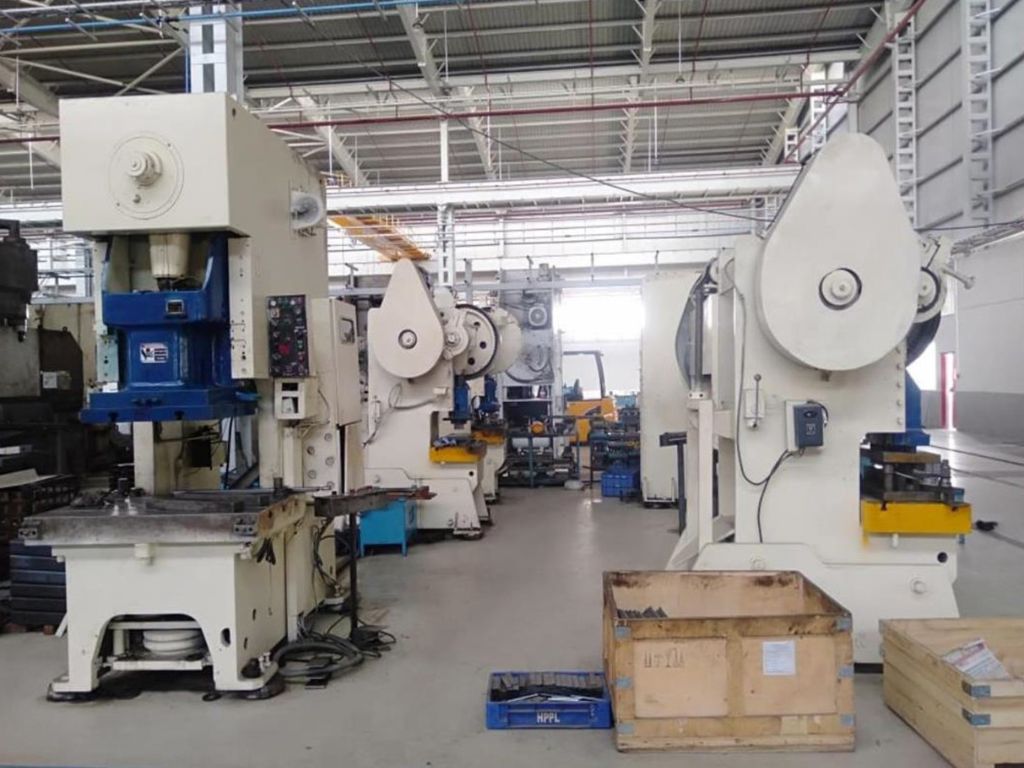
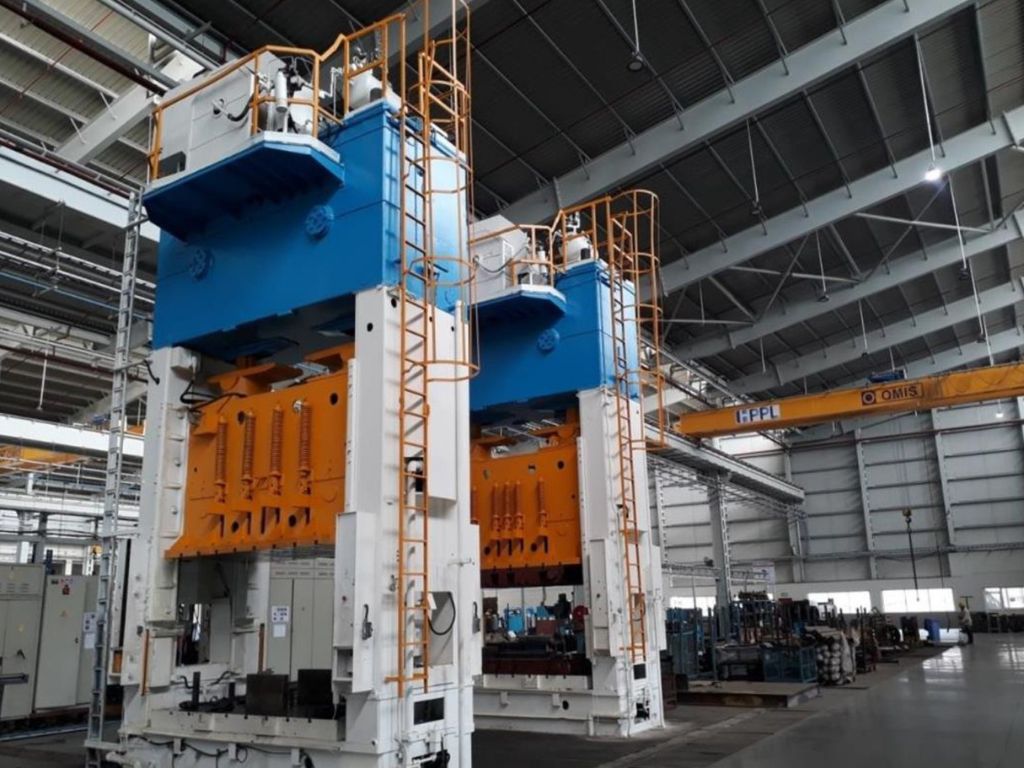
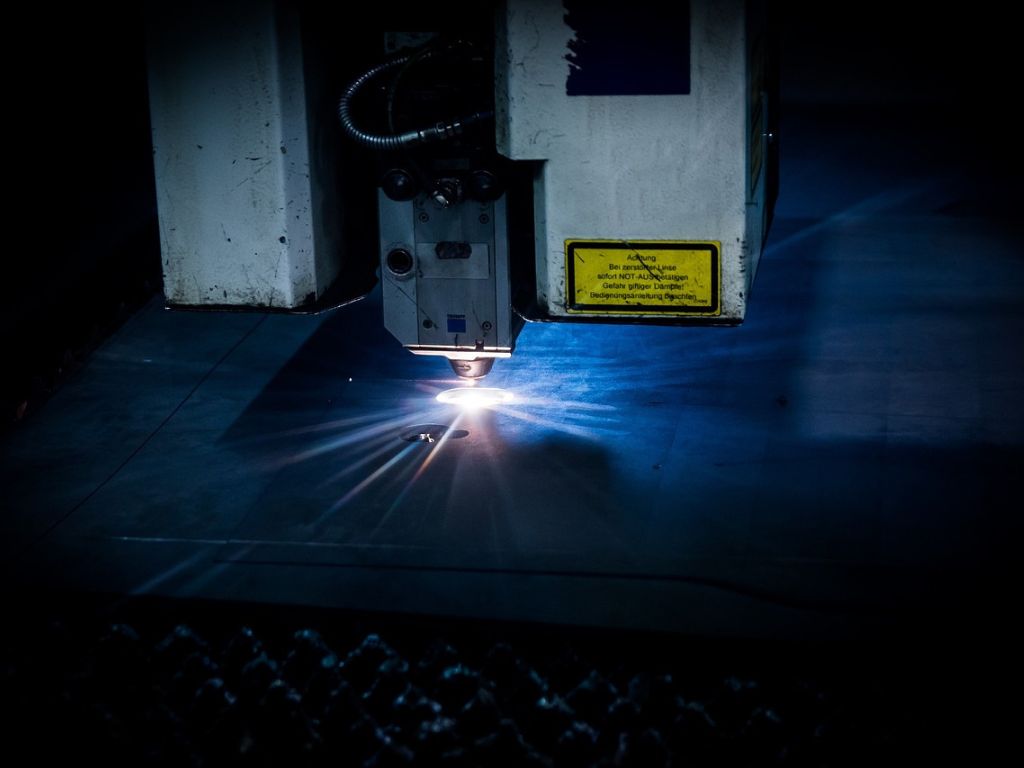
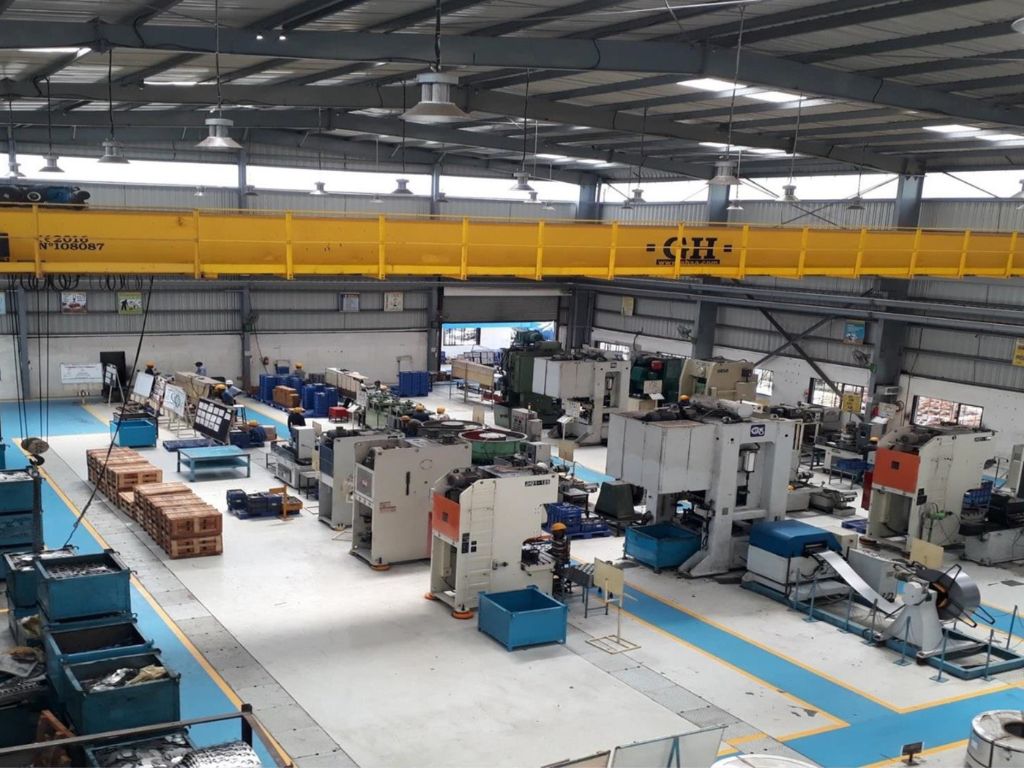
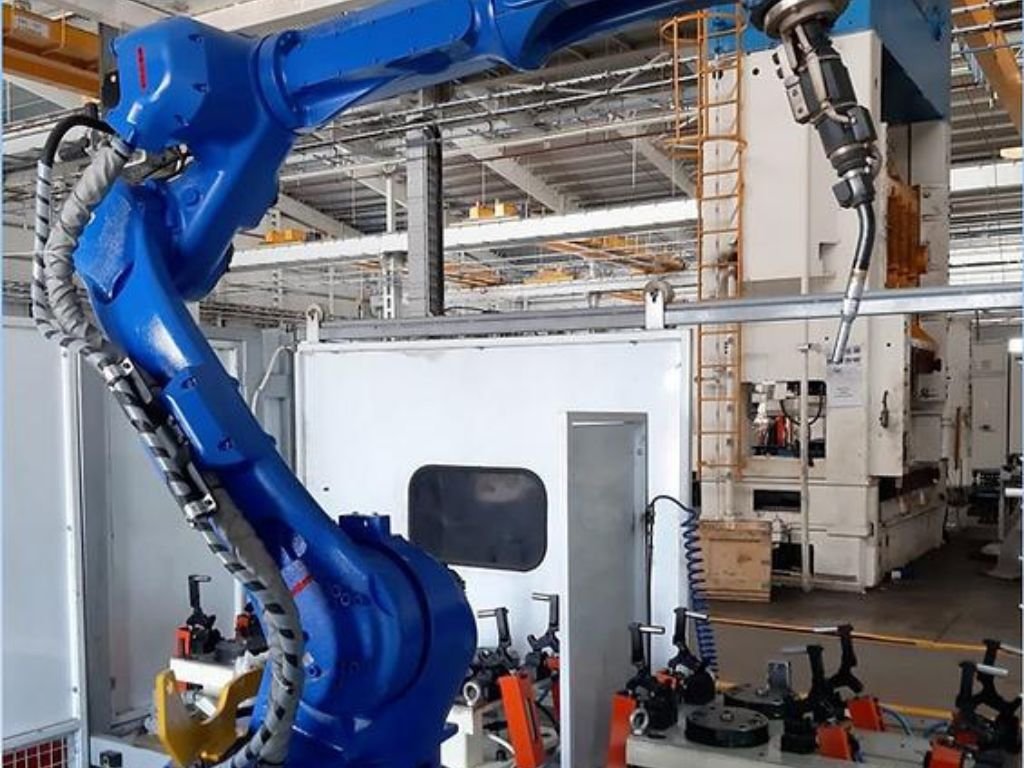
Lorem ipsum dolor sit amet, consectetur adipiscing elit. Ut elit tellus, luctus nec ullamcorper mattis, pulvinar dapibus leo.
Lorem ipsum dolor sit amet, consectetur adipiscing elit. Ut elit tellus, luctus nec ullamcorper mattis, pulvinar .
Lorem ipsum dolor sit amet, consectetur adipiscing elit. Ut elit tellus, luctus nec ullamcorper mattis, pulvinar relevant tests to make sure the quality standards are met.
Lorem ipsum dolor sit amet, consectetur adipiscing elit. Ut elit tellus, luctus nec ullamcorper mattis, pulvinar
Lorem ipsum dolor sit amet, consectetur adipiscing elit. Ut elit tellus, luctus nec ullamcorper mattis, pulvinar
Lorem ipsum dolor sit amet, consectetur adipiscing elit. Ut elit tellus, luctus nec ullamcorper mattis, pulvinar
Lorem ipsum dolor sit amet, consectetur adipiscing elit. Ut elit tellus, luctus nec ullamcorper mattis, pulvinar
Lorem ipsum dolor sit amet, consectetur adipiscing elit. Ut elit tellus, luctus nec ullamcorper mattis, pulvinar
Lorem ipsum dolor sit amet, consectetur adipiscing elit. Ut elit tellus, luctus nec ullamcorper mattis, pulvinar
Lorem ipsum dolor sit amet, consectetur adipiscing elit. Ut elit tellus, luctus nec ullamcorper mattis, pulvinar
Lorem ipsum dolor sit amet, consectetur adipiscing elit. Ut elit tellus, luctus nec ullamcorper mattis, pulvinar
Lorem ipsum dolor sit amet, consectetur adipiscing elit. Ut elit tellus, luctus nec ullamcorper mattis, pulvinar
Lorem ipsum dolor sit amet, consectetur adipiscing elit. Ut elit tellus, luctus nec ullamcorper mattis, pulvinar
Lorem ipsum dolor sit amet, consectetur adipiscing elit. Ut elit tellus, luctus nec ullamcorper mattis, pulvinar
Our Clients
Navigating New Horizons: Pioneers at the Helm of Maritime Innovation.
